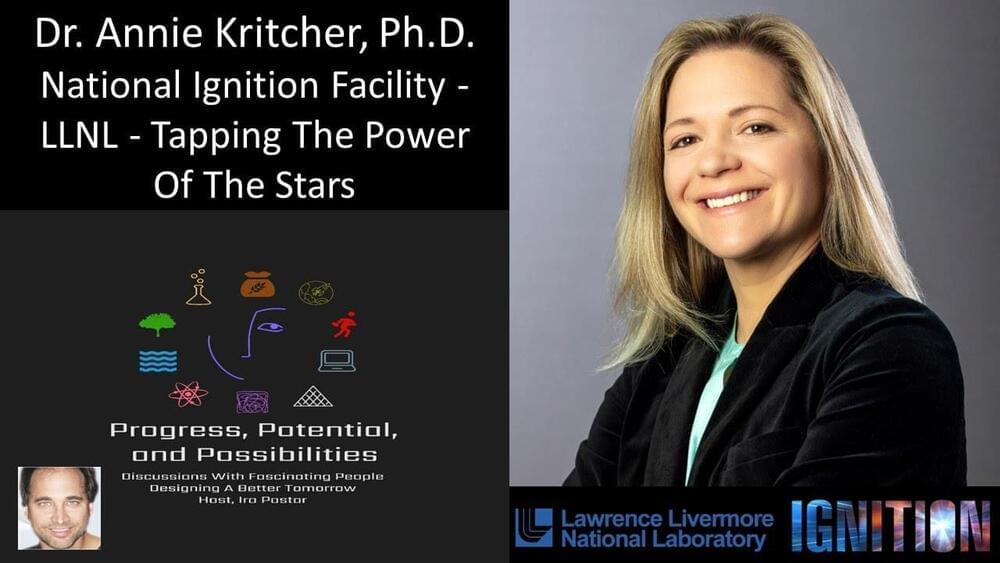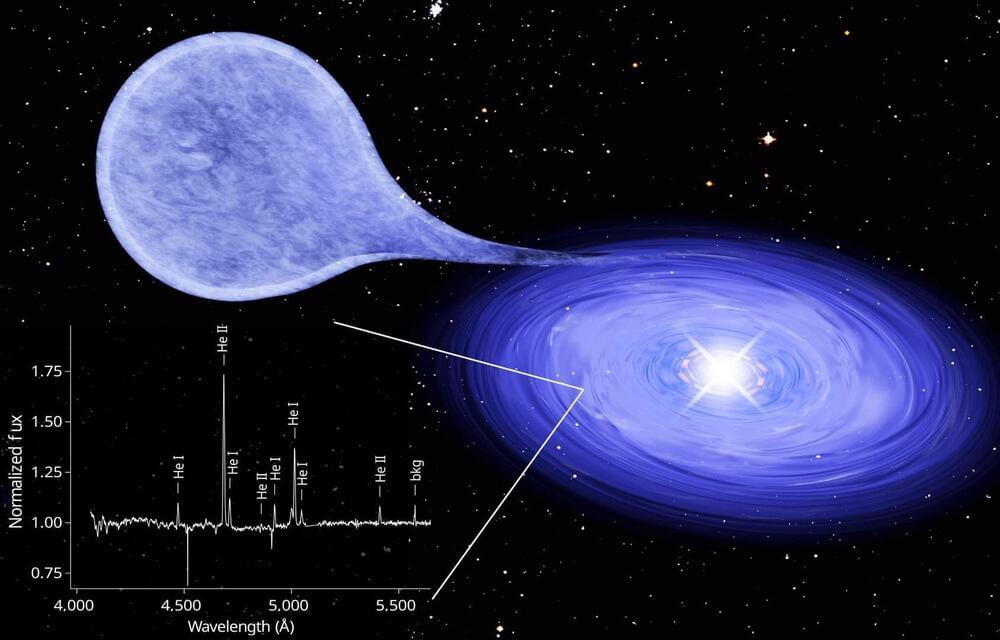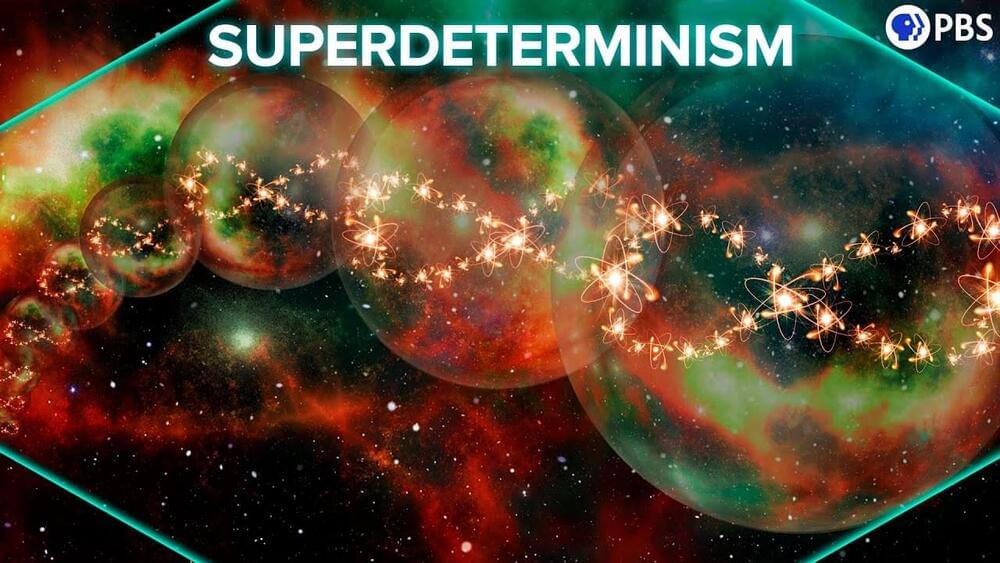Mar 30, 2023
Origin of Life: The Scientific Response
Posted by Dan Breeden in categories: chemistry, physics
The first possible scenarios for life’s origin is that life may simply have been a miracle. It may have been a divine act of intervention. If so, then the origin of life is not a scientific question. There is no experiment one can propose or an observation one can make.
Yet, it’s equally possible that the origin of life was an event that’s fully consistent with the known laws of physics and chemistry, but an extremely improbable, perhaps unique event; perhaps an event that only took place on Earth. Once again, it’s really not amenable to scientific study, because we can’t go into the laboratory and study a unique event.
And then there is a third possibility, and that’s that life is an inevitable consequence of chemistry. That, given an appropriate environment—an appropriate planet with water, for example—and sufficient time, that life always arises.

















